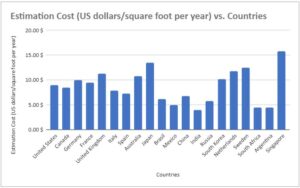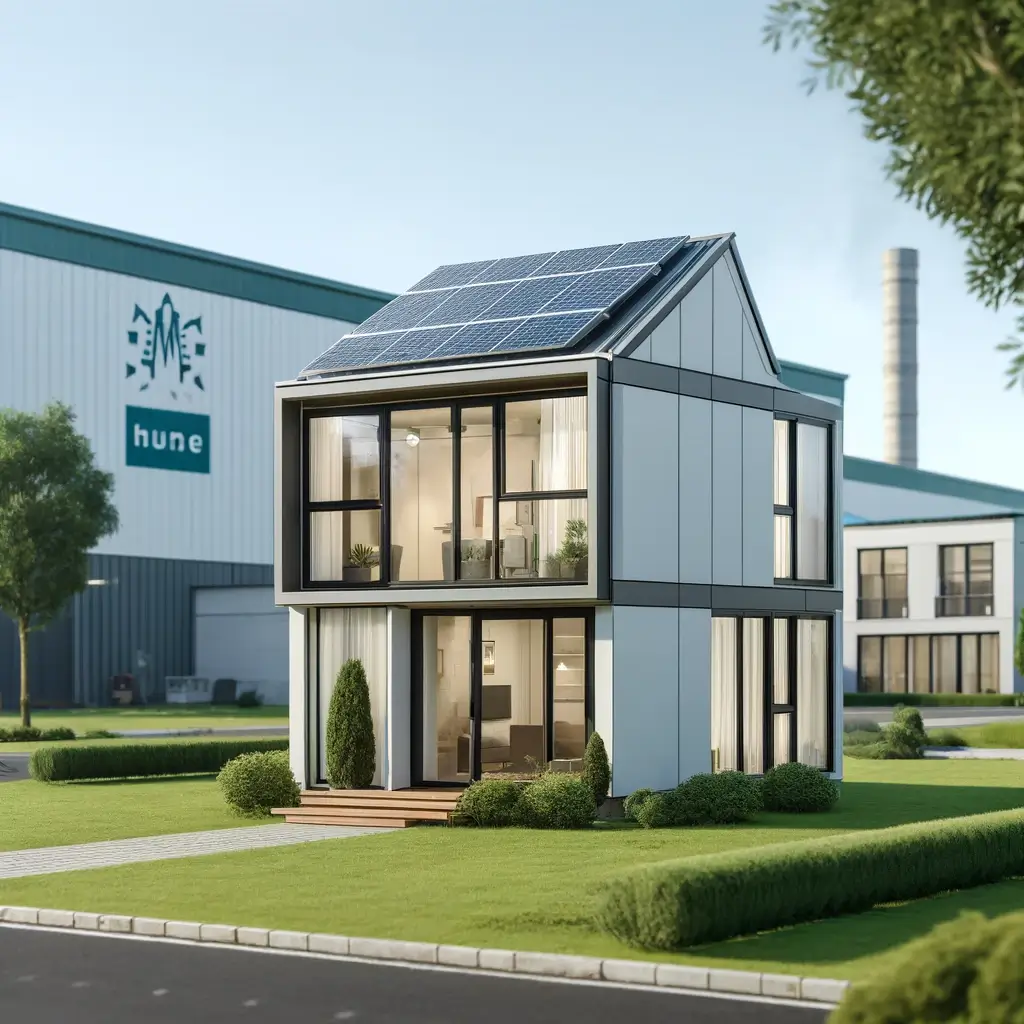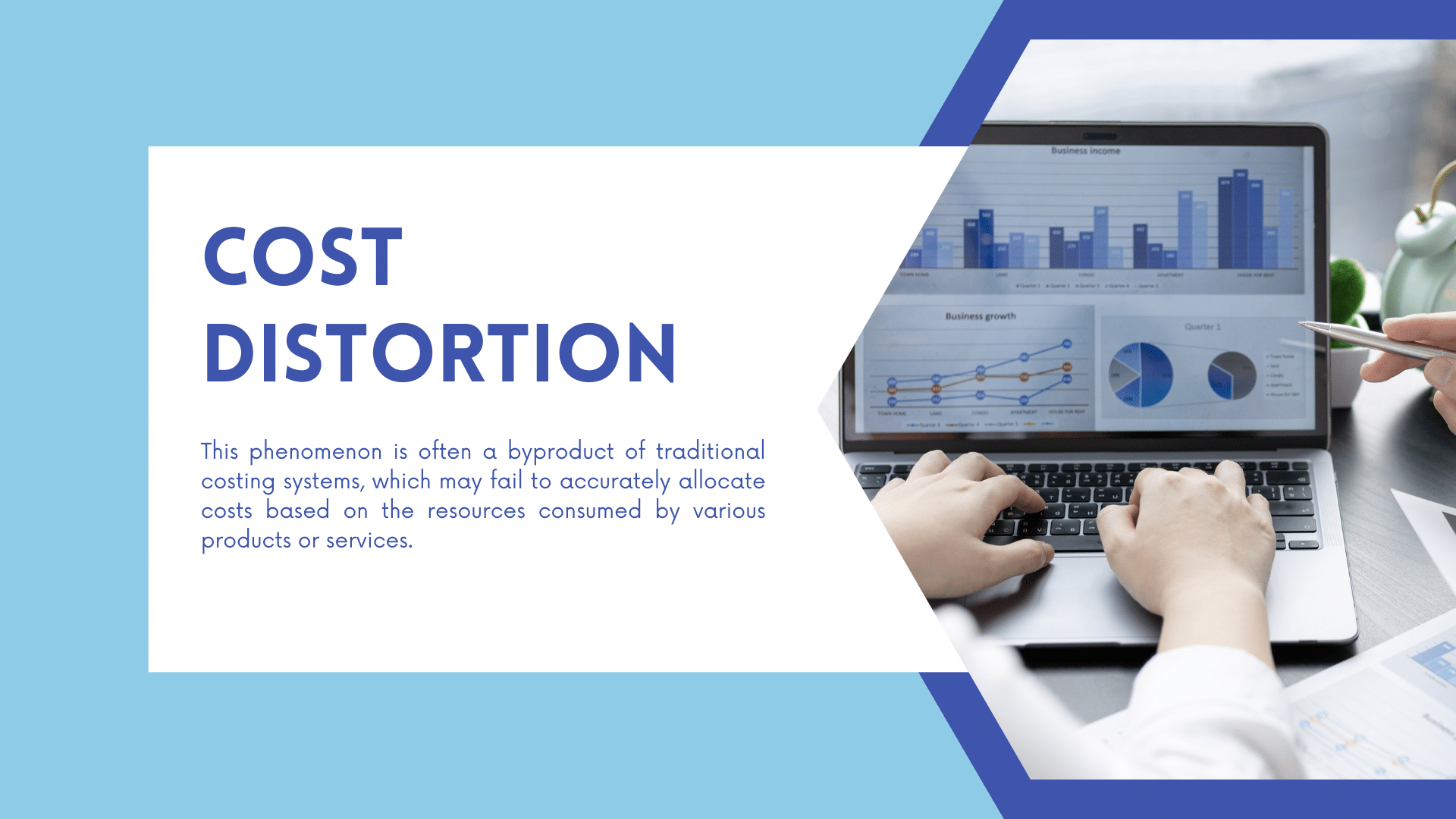It is time to break the paradigm that the cost of storage in business is cheap because it’s not. When it comes to storage, costs can add up quickly. Many business owners are often surprised by the hidden storage costs that can arise over time.
In addition to upfront storage expenses, there are a host of other factors that need to be taken into account when calculating the total cost of storage for a business. These include maintenance and upkeep costs, energy consumption fees, storage device upgrades, and additional storage space rentals.
For example, on average, a single-story storage facility costs $25 to $45 per square foot to build, while multi-story costs $42 to $70 per square foot for construction.
All these hidden costs can significantly increase the overall storage cost for businesses if not tracked carefully. Keeping track of all the components of your storage budget is essential in order to get an accurate picture of your total storage cost.
What is a Hidden Cost?
Hidden costs in business can refer to any cost or expense that is not immediately visible but still affects the total cost of a product or service. Common hidden costs include hidden labor costs, hidden capital expenditure, hidden administrative fees, and hidden transaction costs. Other hidden costs may include hidden marketing expenses, hidden logistics, and storage costs, and hidden depreciation.
For example, a company that provides free delivery services might have hidden labor costs such as overtime pay for their employees who work late hours. Or they might incur additional charges when they need to rent extra storage space due to an increase in orders.
Studies have found that the average annual hidden cost per employee can be up to 20% of their total salary budget, which Companies should account for when budgeting long-term.
hidden costs can also be hidden within the supply chain, adding to a business’s total cost of ownership and resulting in hard-to-measure hidden depreciation. This hidden depreciation includes costs like storage, transport, and damage to goods, which may not be visible to the customer. Statistics also suggest hidden storage costs to be around 20-30% of the total cost, depending on the product.
The True Cost of Storage
The true cost of storage for a business is much higher than initially perceived. Companies should account for hidden costs like storage, transport, and damage of goods when budgeting long-term to ensure that their total cost of ownership does not exceed the allocated budget. By doing this, businesses can save money and resources in the long run.
The hidden costs associated with storage are often overlooked by businesses, but they are integral components of a company’s total cost of ownership. Businesses must be aware of these hidden costs and take them into consideration when creating an effective budgeting strategy to avoid unexpected expenses in the future. Companies should also research best practices to reduce hidden costs and maximize profitability while ensuring optimal product quality standards are met. With proper planning, businesses can be more informed and mitigate hidden storage costs.
Statistics demonstrate the potential hidden cost of storage, especially for businesses handling large volumes of goods. For example, an analysis performed by the National Retail Federation found that hidden costs associated with storage can account for up to 30% of total inventory costs, while a study conducted by Mercer-Covey revealed that hidden storage costs average 7% annually. In addition to these hidden costs, businesses must also factor in the costs of equipment, labor, and energy when estimating the total cost of storage.
Unplanned and hidden costs associated with storage can significantly impact a business’s bottom line, so it is important for businesses to have a good understanding of their true storage costs. By taking into account hidden costs and total costs, businesses can make more informed decisions about their storage needs and optimize their operations for cost efficiency.
So, How Does Storage Cost?
When breaking down the costs associated with physical storage, there are several factors to consider. Here’s a list of common cost components for a storage facility:
- Rent or lease: The cost of renting or leasing the storage space, usually calculated on a per square foot basis.
- Utilities: The cost of electricity, water, and other utilities required to operate the storage facility.
- Climate control: If temperature and humidity control is necessary for the items being stored, there will be additional costs associated with maintaining the appropriate environment. This could include the cost of heating, air conditioning, and dehumidification equipment, as well as the energy required to run them.
- Security: The cost of implementing and maintaining security measures such as access control systems, security cameras, alarms, and security personnel.
- Insurance: The cost of insuring the stored items against theft, damage, or other risks.
- Maintenance and repairs: The cost of maintaining the facility, including cleaning, repairing damages, and addressing wear and tear.
- Labor: The cost of hiring staff to manage the storage facility, including salaries, benefits, and taxes.
- Equipment: The cost of purchasing and maintaining equipment such as shelving units, forklifts, pallet jacks, and other storage and handling equipment.
- Taxes and fees: The cost of property taxes, licensing fees, and other government-related expenses.
- Management and administration: The cost of management and administration, including accounting, marketing, and other operational expenses.
These costs can vary depending on the size, location, and specific requirements of the storage facility. To get an accurate estimate of the total cost for a particular storage facility, it’s essential to assess each of these factors and account for any unique circumstances or requirements.
Here is a table with an estimated cost of storage for different countries :
| Countries | Estimation Cost (US dollars/square foot per year) | Estimate for a 5000 square foot warehouse (US $/year) |
| United States | 9.00 $ | 45,000.00 $ |
| Canada | 8.50 $ | 42,500.00 $ |
| Germany | 10.00 $ | 50,000.00 $ |
| France | 9.50 $ | 47,500.00 $ |
| United Kingdom | 11.25 $ | 56,250.00 $ |
| Italy | 7.85 $ | 39,250.00 $ |
| Spain | 7.25 $ | 36,250.00 $ |
| Australia | 10.75 $ | 53,750.00 $ |
| Japan | 13.50 $ | 67,500.00 $ |
| Brasil | 6.15 $ | 30,750.00 $ |
| Mexico | 5.00 $ | 25,000.00 $ |
| China | 6.75 $ | 33,750.00 $ |
| India | 4.00 $ | 20,000.00 $ |
| Russia | 5.75 $ | 28,750.00 $ |
| South Korea | 10.15 $ | 50,750.00 $ |
| Netherlands | 11.75 $ | 58,750.00 $ |
| Sweden | 12.50 $ | 62,500.00 $ |
| South Africa | 4.50 $ | 22,500.00 $ |
| Argentina | 4.50 $ | 22,500.00 $ |
| Singapore | 15.75 $ | 78,750.00 $ |
Finally, these costs can vary depending on factors such as location, type of storage facility, and additional services offered.
For more up-to-date information, it’s recommended to consult official sources or get quotes from commercial real estate providers or storage facility providers.
It is a good starting point and represents an average from the research we’ve conducted.
Thinking Strategically About Storage
The best way for businesses to gain control over their storage expenditure is by understanding their storage requirements and storage capacity needs. Companies need to ensure that all storage-related transactions are tracked accurately, including storage purchases, energy costs, and storage space rentals. This data helps businesses plan their storage capacity needs more accurately and evaluate their existing storage.
By planning ahead, businesses can avoid hidden costs, such as paying for unused space or inefficient use of energy. With a well-thought-out storage strategy, companies can make the most of their resources by being optimal about the amount of storage they purchase and making sure that it is used efficiently.
In addition to planning storage capacity, businesses also need to keep an eye on management costs. As with any other aspect of business operations, planning ahead and monitoring costs are important steps in controlling overall spending. By taking into account all associated costs related to managing storage systems, businesses will be better equipped to optimize their expenditures while achieving maximum efficiency in logistic operations.
Seek and Minimise Hidden cost
An analysis is an important step to optimize inventory and storage management. Businesses need to assess their current practices and identify potential blind spots that may be driving up costs. They must also consider the lifecycle of a product and sales forecast in order to plan ahead for future needs. This includes minimizing time spent handling products, improving the accuracy of shipments, streamlining customer service processes, and increasing technological capabilities.
By taking these steps, businesses can minimize hidden storage costs through careful planning and cost control. To prevent over-investment in unneeded or unused space, companies will be able to operate more efficiently while minimizing wasteful spending. By utilizing data-driven insights about inventory levels and associated costs, businesses will be able to make informed decisions about how much storage space is needed and how much inventory should be stocked.
Conclusion
The true cost of storage is often hidden in a variety of ways. It goes from overstocking and unneeded investments to inefficient use of existing space. Businesses need to take proactive steps to bring these costs into view and minimize them by carefully planning their storage needs. Companies have to utilize data-driven insights about inventory levels and associated costs to make informed decisions about the amount of storage space they need and how much inventory should be stocked. By taking these steps, businesses can save a substantial amount of money and ensure they are making the most out of their storage resources.









